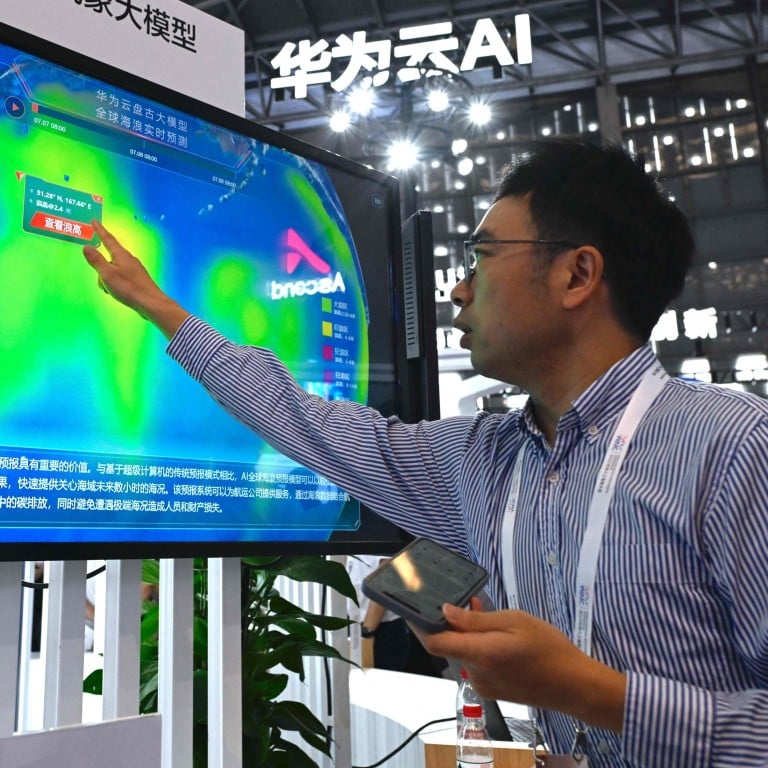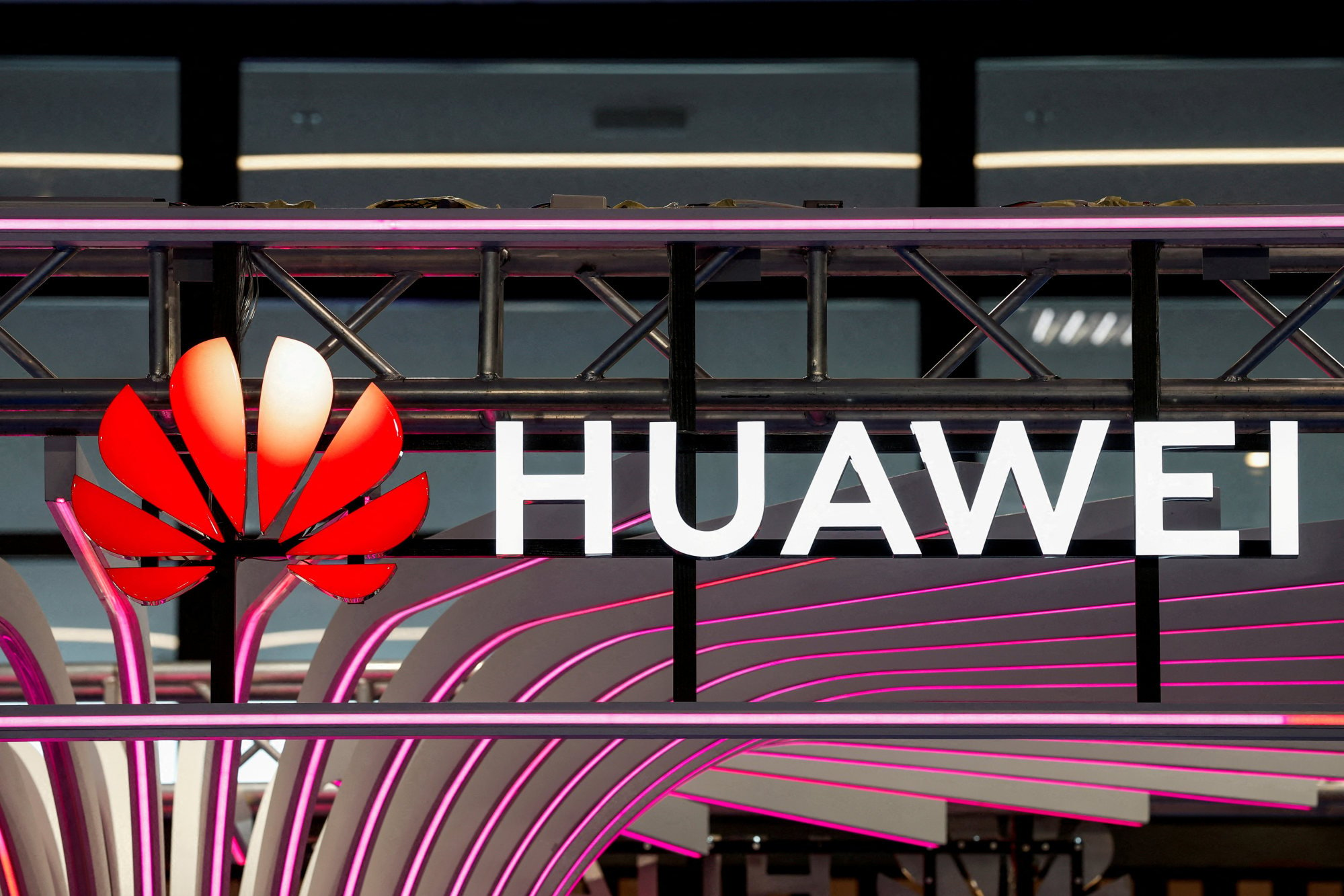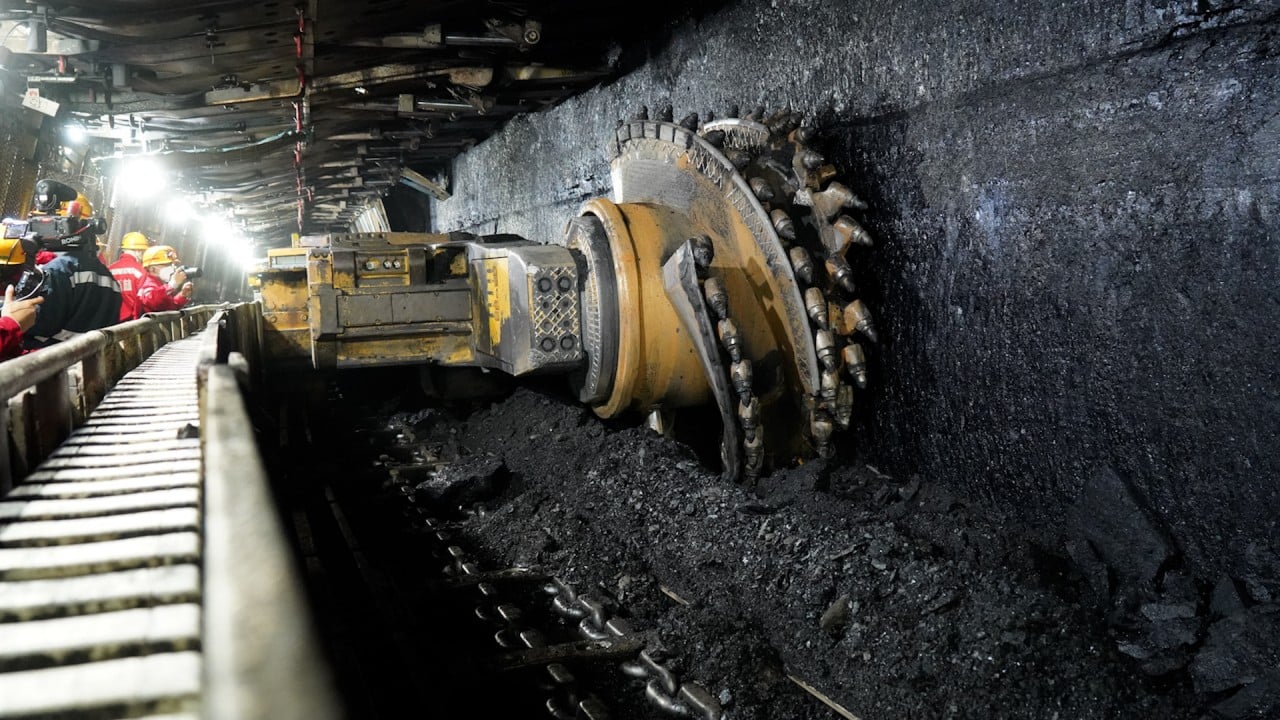
China’s Huawei is challenging traditional weather forecasting again, this time with groundbreaking AI model Zhiji
- Latest iteration of Huawei’s Pangu-Weather, a regional AI weather model, can give a five-day forecast to a precision of just 3km
- Feat comes as Pangu-Weather was named the top scientific innovation of 2023 by the National Natural Science Foundation of China
The newest iteration of the AI model, Zhiji, which focuses on regional weather, can give a five-day forecast with a precision that has been sharpened from 25km (15.5 miles) to 3km.
The AI model hit a major milestone when it was able to complete a seven-day weather forecast in just 10 seconds – more than 10,000 times faster than traditional methods.

According to a Huawei report in late February, Pangu delivered more accurate forecasts for crucial weather elements, such as temperature, pressure, humidity and wind speed, than numerical simulations. Plus its error margin for predicting the paths of tropical cyclones was 25 per cent lower than the ECMWF.
Now, researchers have used Pangu as a foundation to develop the new regional model, Zhiji.
Created in collaboration with the Shenzhen Meteorological Bureau, Zhiji has been trained with high-resolution data from southern China.
According to the Huawei team, Zhiji can provide a five-day forecast with a precision of 3km for Shenzhen and its surrounding areas. While the Central Meteorological Bureau already provides hourly forecasts with street-level precision, these are generally only available for the following 24 hours.
Currently, AI and manual predictions each have their strengths and weaknesses.
AI has the edge in predicting the paths of typhoons; whereas numerical simulations are more accurate in determining wind strength values.
“Scientists can now integrate results from numerical simulations with forecasts provided by Zhiji to make the most advantageous judgments,” a Huawei spokesman said. “This could be a trend in the future.”
Ongoing work on the technology aims to enhance its rainfall forecasting capabilities, including providing specialised forecasts like heatstroke indexes and comfort levels, and improving the resolution of heavy rainfall forecasts to 1km.
In December last year, the team announced a collaboration with the Thai Meteorological Department, with related products currently under development.


